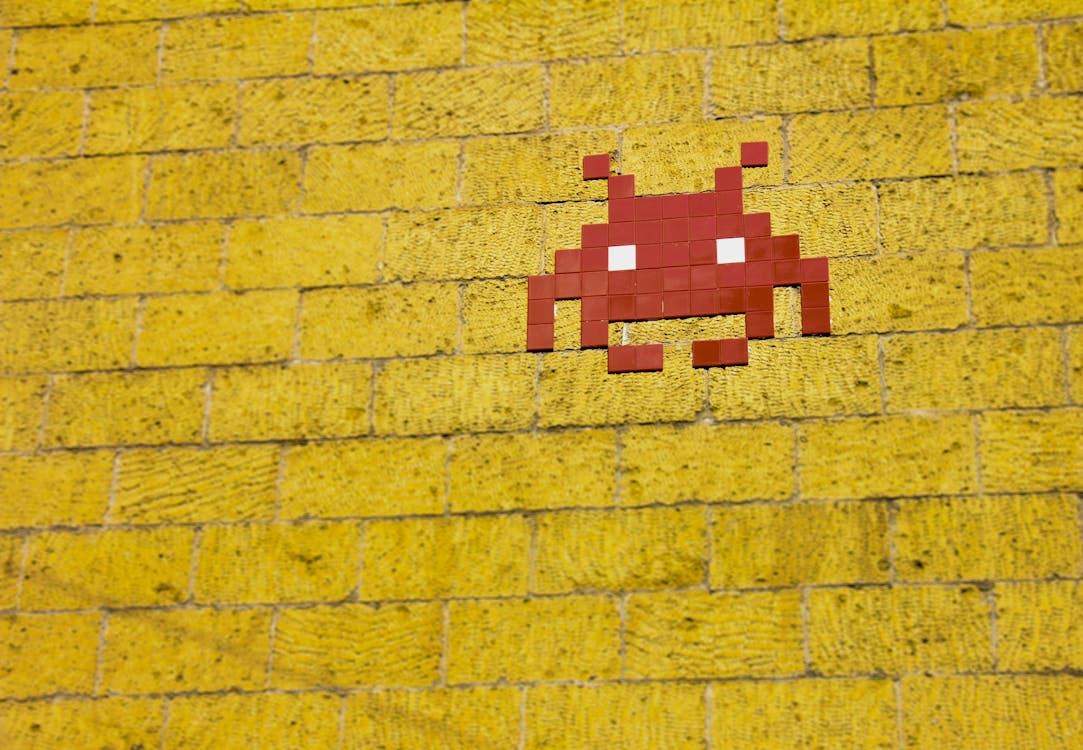Bethesda’s Living Worlds and the AI You Don’t See
Anyone who has spent time in the worlds of The Elder Scrolls knows the magic of its NPCs. The way a shopkeeper heads to the tavern after work or a guard patrols the city walls is all thanks to a legendary system called Radiant AI. First introduced in 2006’s Oblivion, it was designed to give every character a life of their own. But according to a former lead designer on the series, Bruce Nesmith, there’s a fascinating paradox at the heart of this technology: the better it got, the less we noticed it.

The ‘Broken’ Brilliance of Oblivion
Nesmith explains that in Oblivion, the Radiant AI was “quirky” and “broken,” which is precisely what made it so memorable. The system was less polished, leading to the bizarre and hilarious NPC behaviors that fans still talk about today. You’d see characters get stuck in strange loops or have nonsensical conversations about mudcrabs. Nesmith recalls watching a guard suddenly run out of a temple shouting, “You can’t get away with that!” to chase a deer in the middle of a serious quest conversation. This “in-your-face” glitchiness constantly reminded players that a complex system was at work under the hood.
Skyrim’s Invisible Upgrade
When Skyrim was released, many players complained that Radiant AI had been toned down or even removed. Nesmith says the exact opposite was true; the system was “hyper-charged.” The reason no one noticed was that it had become smoother, more natural, and more organic. It was working so well that it became invisible.
The improvements in Skyrim were far more subtle but incredibly deep:
- If you killed a shopkeeper, the system would find a relative to inherit the store and take over their role.
- If you dropped a valuable weapon on the ground, NPCs might start a fight to the death over it, or one might pick it up and ask if they can keep it.
- During a fight, a smart enemy low on health might disengage, run to a nearby treasure chest you were after, pull out the powerful magic sword inside, and use it to attack you.
Because these actions felt logical and expected within the world, players didn’t register them as a complex AI system at work. They just saw a world that made sense.

The Napkin That Started It All
The philosophy behind Skyrim’s improved AI apparently started with a literal napkin sketch. Nesmith shared that director Todd Howard once drew a simple diagram. He drew the player in the center, interacting with things in the world. That, he said, was Morrowind. For Oblivion, the things in the world started interacting with each other. But for Skyrim, he wanted the world to start pointing back and reacting to the player. This simple idea guided the team to create the more dynamic, responsive AI that defined the game.
Why You Don’t See This Everywhere
So if Radiant AI is so great, why hasn’t every open-world RPG copied it? According to Nesmith, the reason is simple: it’s an “enormous investment.” It took Bethesda multiple games and countless resources to build and refine the system. It’s a foundational piece of their development philosophy, not just a feature that can be easily added. Every single action a player can take with any item or person is tracked, generating tiny background quests for every nearby NPC to calculate a believable response. It’s a ridiculously complicated and expensive way to build a world, but it’s what makes Bethesda’s games feel so alive.

Conclusion
The story of Radiant AI is a fascinating look into the art of game design. It shows that sometimes, the most impressive technical achievements are the ones you never notice. They seamlessly blend into the experience, making the world feel more immersive and real. While it may have lost its quirky, obvious charm from the days of Oblivion, the evolution of Radiant AI in Skyrim and beyond proves that the best systems are the ones that simply work, letting the player forget they are in a game at all. It remains a core part of the Bethesda DNA, and we can surely expect to see its next, even more invisible, iteration in The Elder Scrolls 6.
FAQs
- 1. What is Radiant AI?
- Radiant AI is a technology created by Bethesda Game Studios that gives non-player characters (NPCs) in their games their own unique lives, schedules, and goals, allowing them to eat, sleep, work, and interact with the world independently.
- 2. Why did Radiant AI seem more obvious in Oblivion than in Skyrim?
- According to former lead designer Bruce Nesmith, the system in Oblivion was less polished and “quirky,” which led to odd and noticeable NPC behaviors. In Skyrim, the system was far more advanced and natural, so its effects blended into the world and became less obvious to the player.
- 3. Is Radiant AI still used in newer Bethesda games like Starfield?
- Yes, Radiant AI is a foundational technology used in all modern Bethesda RPGs, including Fallout 4 and Starfield. However, in a vast, procedurally generated game like Starfield, its effects can be less apparent.
- 4. Can you give an example of advanced Radiant AI in Skyrim?
- A powerful example is an enemy in combat realizing they are outmatched, running to a nearby chest, looting a better weapon from it, and then using that weapon against the player.
- 5. Who explained this concept about Radiant AI’s evolution?
- The explanation comes from Bruce Nesmith, a veteran designer who worked as the lead designer on The Elder Scrolls V: Skyrim and worked at Bethesda for over 25 years.
- 6. Is Radiant AI related to modern generative AI like ChatGPT?
- No. Radiant AI is a classical game AI system based on goals and packages. It has nothing to do with large language models or the current wave of generative AI technology.